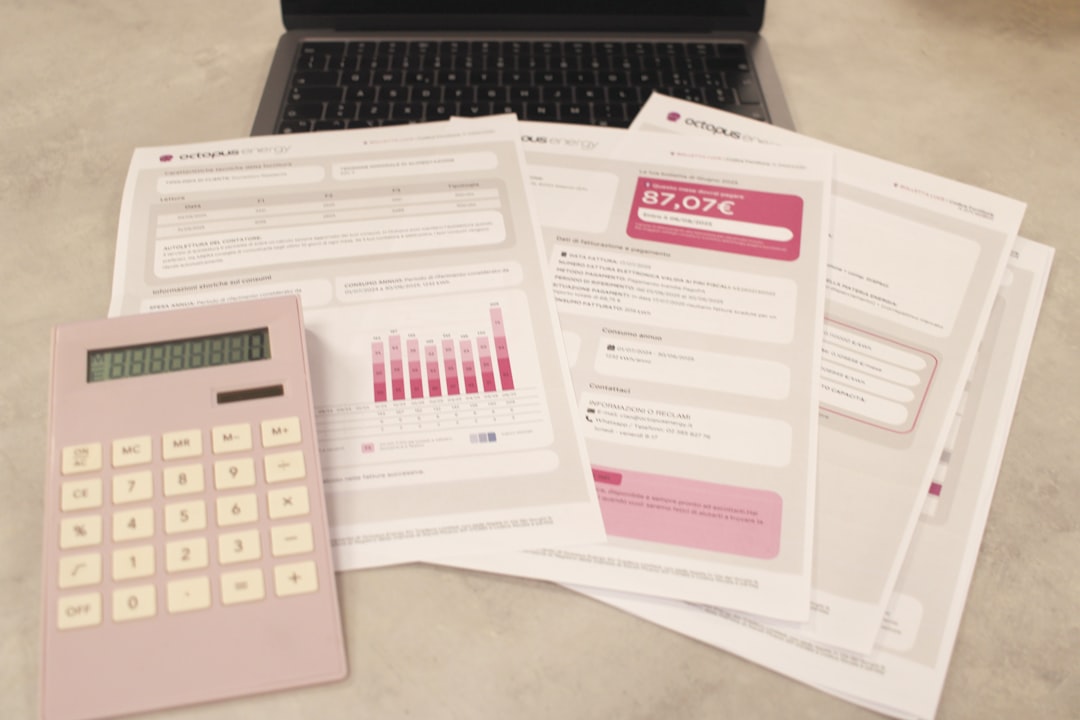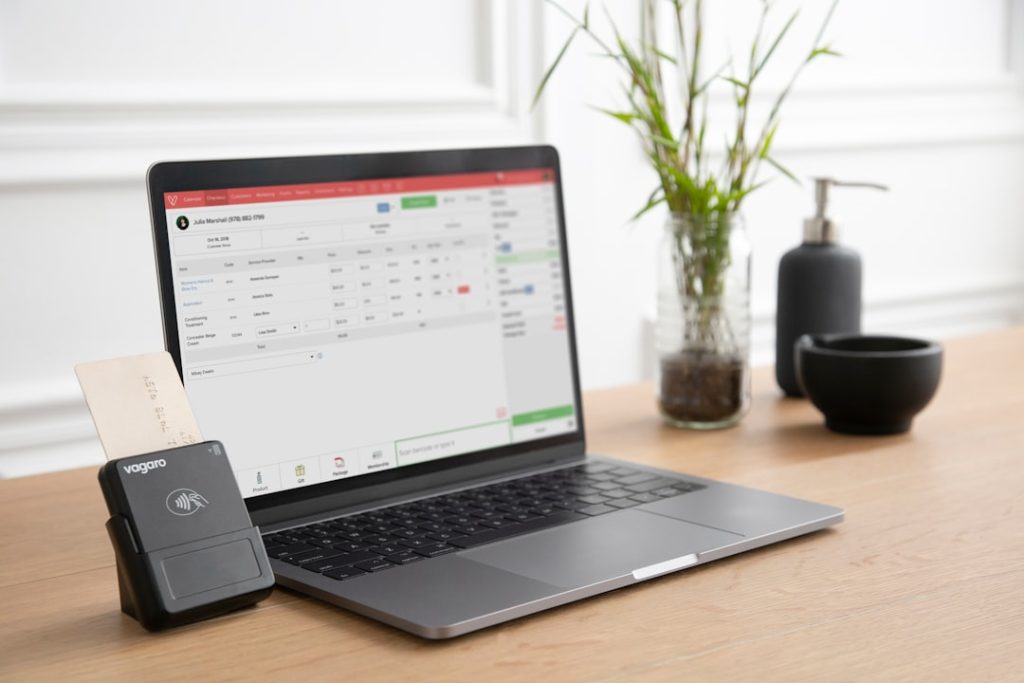Efficient invoicing is crucial for IT companies striving to maintain healthy cash flow, reduce administrative burdens, and ensure timely payments. Whether you’re a growing software firm or a managed services provider, a streamlined invoicing system can significantly impact your operations and client satisfaction. Below are seven practical tips that can help IT businesses optimize their invoicing process.
1. Implement Specialized Invoicing Software
Manual invoicing through spreadsheets or word processors may work for small teams but becomes inefficient as your organization grows. Switch to invoicing software designed for IT services—these platforms allow you to:
- Automate invoice creation and delivery
- Track outstanding payments
- Customize templates with your branding
A well-built invoicing tool can also integrate with your existing project management or accounting software, helping to reduce data duplication and input errors.

2. Standardize Your Billing Process
Consistency is essential for clear and professional invoicing. Create a standardized billing process that includes:
- Defined billing cycles (weekly, bi-weekly, monthly)
- Clear payment terms
- Itemized descriptions of services rendered
Having a predictable and repeatable process reduces questions from clients and improves the likelihood of on-time payments.
3. Automate Recurring Invoices
IT companies often provide subscription services or monthly retainers. Instead of manually generating similar invoices each period, take advantage of automation features that enable recurring billing. This approach saves time and minimizes mistakes.
Configurable automation rules let you set due dates, amounts, and notification alerts, keeping your workflow consistent and efficient.
4. Clearly Define Payment Terms
Many payment delays stem from unclear or missing terms on invoices. Always include:
- Due date
- Accepted payment methods
- Late payment penalties
This transparency helps set clear expectations and reduces disputes, enabling smoother client relationships.
5. Monitor Invoice Status and Follow Up
Use your invoicing system to track the real-time status of each invoice. Knowing whether an invoice has been received, opened, or paid allows for strategic follow-up. Set up automated reminders or manually follow up with clients whose payments are overdue.
IT companies that practice proactive collections often see improved cash flow and fewer write-offs.
6. Offer Multiple Payment Options
Facilitate faster payments by offering clients a range of payment methods. The more convenient it is to pay you, the quicker the turnaround. Common options include:
- Credit/debit cards
- Bank transfers
- Online payment gateways like PayPal or Stripe
Many modern invoicing platforms support integrated payment options, allowing clients to pay directly from the invoice link.
7. Regularly Review Invoicing KPIs
Consistently assess key performance indicators (KPIs) related to your billing cycle. Metrics such as average days to payment, invoice error rates, and percentage of on-time payments can reveal inefficiencies in your current processes.
Use these insights to refine your workflow, adjust payment terms, or update automation settings. Continuous optimization ensures your invoicing system scales with your business growth.
Final Thoughts
Effective invoicing isn’t just about sending bills—it’s a foundational component of your IT company’s financial health. By embracing automation, standardizing procedures, and focusing on clear communication, you can streamline your invoicing strategy and enhance cash flow reliability. These tips serve as a roadmap to building a modern billing system that supports both your operations and your client relationships.


